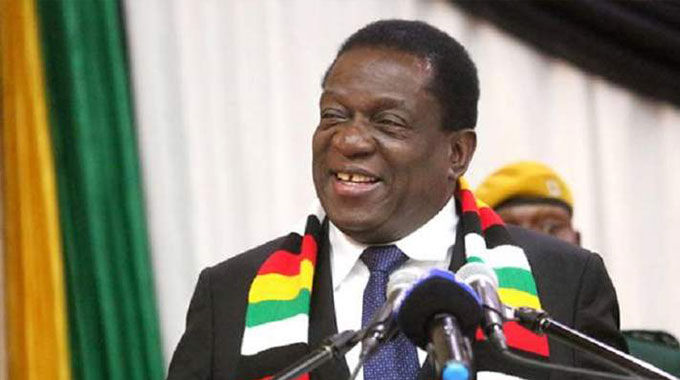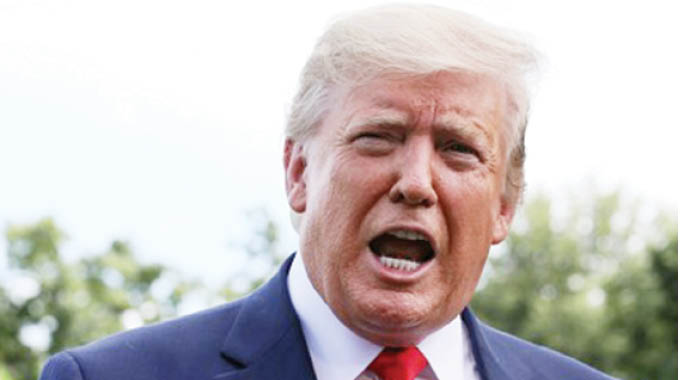Zimbabwe needs US$16bn: AfDB

Oliver Kazunga, Acting Business Editor
ZIMBABWE needs an estimated US$16 billion for infrastructural development as well as supporting governance and other institutional reforms as the country moves towards achieving an upper middle-income economy by 2030.
This is highlighted in the 2019 Needs Assessment Report for Zimbabwe compiled by the African Development Bank, United Nations and World Bank.
According to AfDB, the report which is the first to be prepared jointly by the three institutions, was produced after the Government requested them to assess the scope of challenges and needs.
“The report estimates that Zimbabwe will require US$16 billion to restore infrastructure and support governance and other institutional reforms. Most of the resources would be needed for physical infrastructure, with roads accounting for US$7,5 billion. Social services, including education and health, account for US$3,4 billion of the target,” said AfDB.
It said the report was produced following intensive consultations with various Government agencies, the private sector, civil society and development partners.
The exercise was carried out between March 2018 and August 2019.
Under the new dispensation led by President Mnangagwa, the Government is committed to rebuilding the economy which suffered for the past 20 years as a result of the illegal sanctions imposed by the West.
The coming into power of the new dispensation in November 2017, has seen Zimbabwe embarking on a re-engagement drive with the international community with a view to attract the much-needed foreign direct investment. Government in its quest to attain an upper middle-income economy by 2030, has come up with the two-year Transitional Stabilisation Programme (TSP) covering the period 2018-2020.
The programme focuses on stabilising the macro-economy and the financial sector by introducing necessary policy and institutional reforms to translate to a private sector-led economy. It also seeks to address infrastructure gaps and come up with quick-wins to stimulate growth. The short-term programme will be superseded by two feve-year Development Strategies, with the first one running from 2021-2025 and the second covering 2026-2030. — @okazunga.











Comments